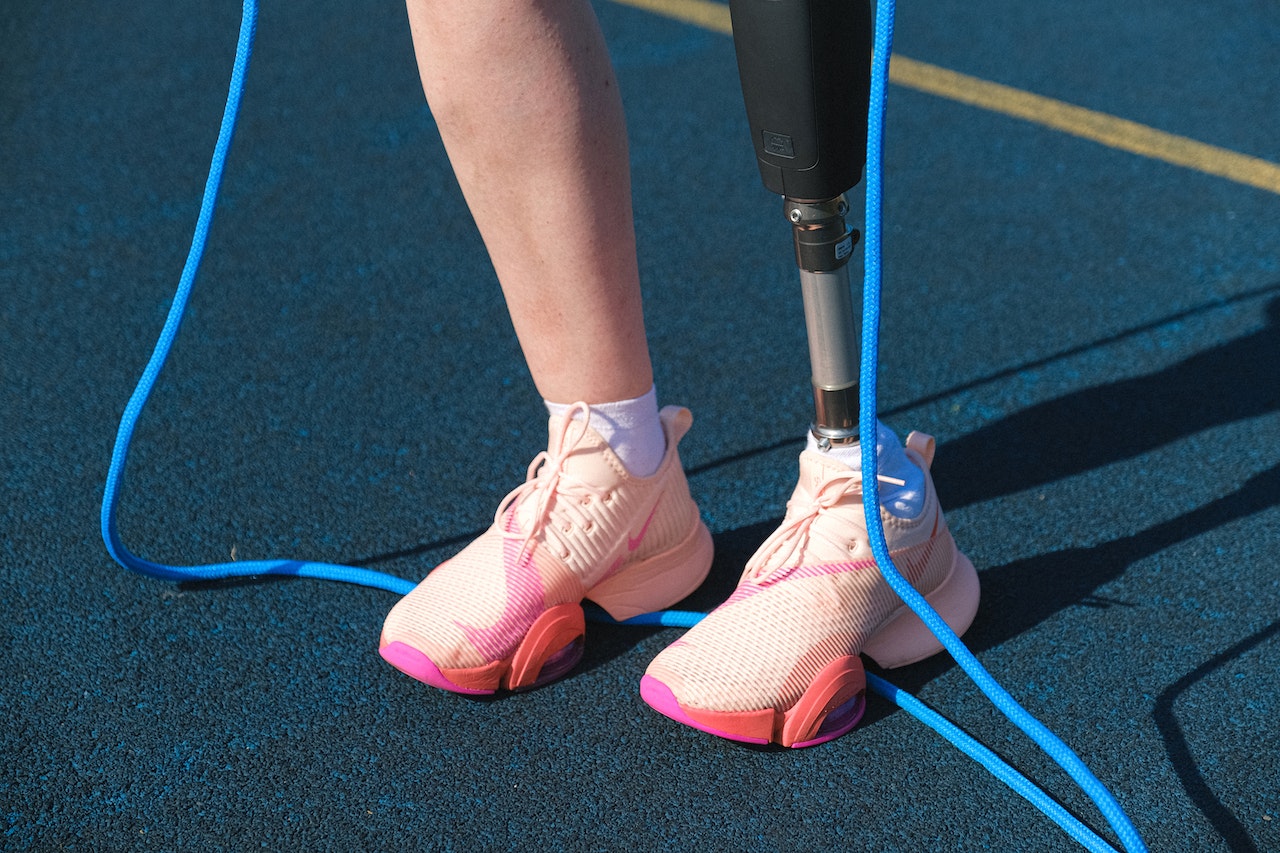Introduction
Prosthetic technology has come a long way since its earliest recorded instances, providing a beacon of hope for amputees throughout history. From rudimentary wooden limbs to cutting-edge bionic prosthetics, the journey of prosthetic development is a testament to human innovation and compassion. In this article, we delve into the historical milestones, key advancements, and life-changing innovations that have significantly improved the lives of amputees.
- The Ancient Origins:
The roots of prosthetics can be traced back to ancient civilizations, where artifacts dating as far back as 3000 BC reveal attempts to replace lost limbs with primitive prosthetic devices. Early examples include wooden peg legs and handcrafted limbs made from leather and metal.
- Renaissance and Technological Progress:
During the Renaissance period, advancements in mechanics and metallurgy led to more sophisticated prosthetic limbs. The use of hinges and springs allowed for limited movement, enabling wearers to perform basic tasks.
- The Industrial Revolution:
The Industrial Revolution marked a significant turning point in prosthetic technology. Mass production techniques made prosthetics more accessible, and innovations like the “Stump Sock” improved comfort and fit.
- World Wars and Technological Leaps:
The devastation of World Wars I and II resulted in an increased demand for prosthetic limbs. These conflicts spurred major advancements in materials and design. Lighter materials like aluminum and plastics were introduced, making prosthetics more functional and less cumbersome.
- The Age of Electronics:
The 20th century witnessed a surge in electronic prosthetics. Myoelectric technology, which uses electrical signals from muscle contractions to control prosthetic movements, emerged. This breakthrough allowed for more natural and intuitive limb control.
- Bionics and Neural Integration:
Advancements in bionic technology brought prosthetics closer to mimicking natural limb movements. Bionic limbs, inspired by the human nervous system, combined mechanical engineering with neuroscience to enable sophisticated motion and dexterity.
- 3D Printing Revolution:
In recent years, 3D printing has revolutionized prosthetic manufacturing. This technology allows for personalized and cost-effective prosthetic solutions. Amputees can now receive tailor-made limbs that perfectly fit their unique anatomy.
- Enhanced Sensory Feedback:
Innovations in sensory feedback systems have given amputees a greater sense of connection with their prosthetics. Tactile sensors and neural interfaces provide feedback on pressure, texture, and temperature, enhancing the user’s overall experience.
- Mind-Controlled Prosthetics:
Recent developments in brain-computer interfaces (BCIs) have paved the way for mind-controlled prosthetics. These devices interpret neural signals, allowing amputees to control their prosthetics using their thoughts.
- A Bright Future Ahead:
Looking ahead, prosthetic technology continues to hold immense promise. Researchers are exploring regenerative medicine, where damaged tissues and limbs could be regrown, potentially restoring full functionality for amputees.
Conclusion
The evolution of prosthetic technology is a testament to human ingenuity and compassion. From humble beginnings to the futuristic realm of bionics and mind-controlled prosthetics, each milestone has contributed to improving the lives of countless amputees. As the journey continues, it is evident that prosthetic technology will play an ever-increasing role in empowering individuals and offering them the freedom of mobility and independence they rightfully deserve. Let us continue to embrace progress and innovation, shaping a future where amputees can confidently face life’s challenges with unwavering determination and hope.



